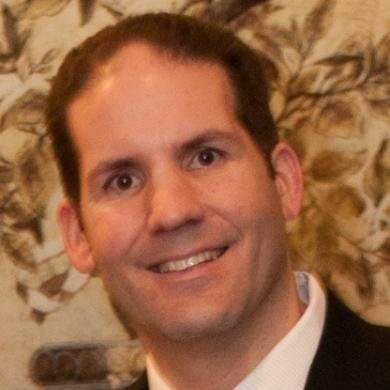 Don Weinstein
Don Weinstein
Corporate Vice President, Global Product and Technology
ADP
What area of the HR function will be most impacted by emerging technologies, and why?
We believe that every domain within the HR function is undergoing major changes based on the application of new digital and cognitive technologies such as Machine Learning, Edge Computing, Biometrics, and Blockchain, among others. In more transactional domains, like benefits and workforce management, the greatest impact will come in the form of massively automating tasks that today require human intervention such as answering queries or updating schedules. Other areas, like pay and performance, will be transformed from static processes into much more dynamic functions including the ability for workers to get paid in real-time or on more personalized schedules.
What’s the single most dramatic shift you see happening in the HR tech space today?
The explosive growth of people data and analytics is transforming HR from a “black box” into a more scientific, data-driven function. This shift is similar to one that has been taking place in Marketing, which has been transformed by digital marketing platforms to the point where they can now predict the impact of a change in ad spending to the fraction of a penny. The same change is starting to take place in HCM, where we spend a tremendous amount of time and money on people programs, and are now asking tough questions about what actually works and can we prove that with data?
How is HR technology changing the way people work?
The biggest change taking place in the world of work today is the changing nature of the workforce itself. In particular, we are experiencing rapid growth of agile organizations with dynamic and flexible talent pools comprised of traditional employees, gig workers, contractors, alumni, even robots and more. And exciting new HR technologies are enabling organizations to tap into these varying pools of talent, bring them in from the shadows, and develop much more effective strategic workforce plans for directing work to the most productive sources in a concept we call “Total Talent Management.”

